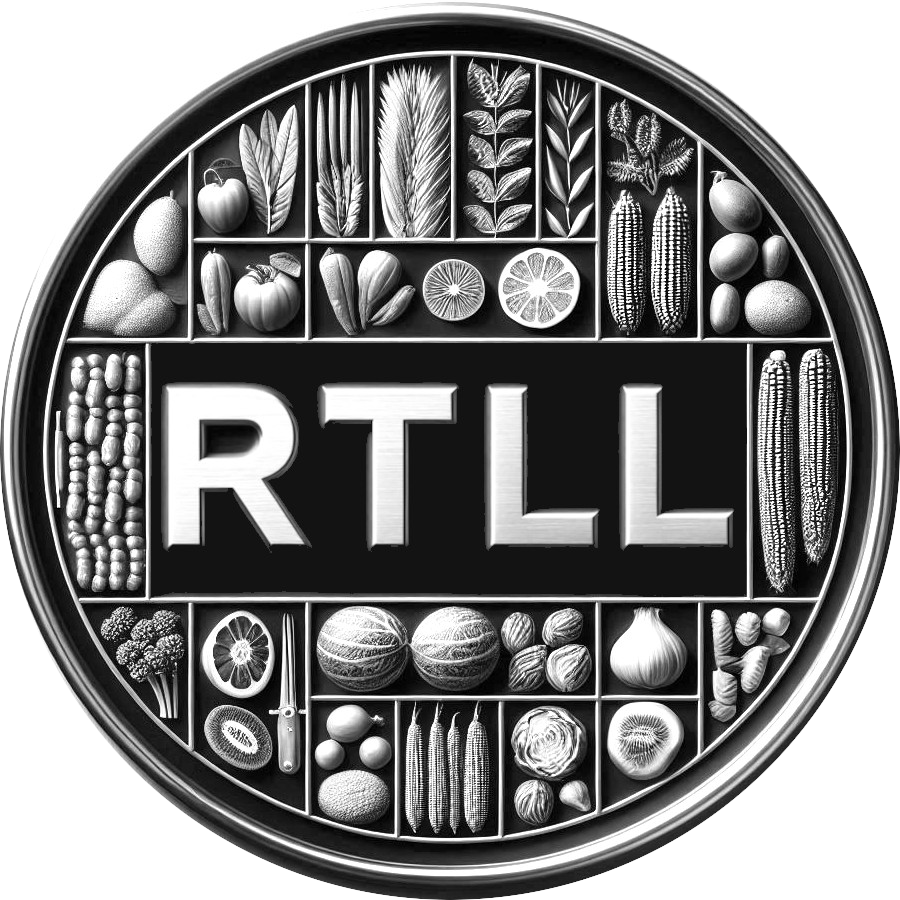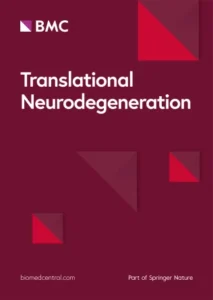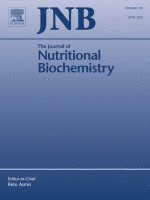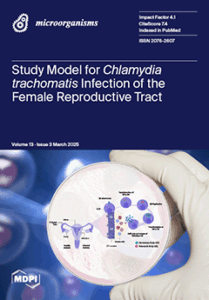Abstract
Rock dust (RD) is a by-product of the precious metal mining industry. Some mining operations produce close to 2,000,000 Mg of RD/year, posing disposal issues. This study evaluated the physicochemical and microbial properties of RD from gold mining and its potential use in RD-based growing media. Ten media formulations were tested: Promix (Control), 100% (RD), 100% topsoil (TS), 50% RD + 50% topsoil (RDT), 25% RD + 75% topsoil (RT), 50% RD + 50% Promix (RP), 50% RD + 25% biochar + 25% Promix (RBP), 50% RD + 25% compost + 25% Promix (RCP), 50% RD + 50% biochar (RB), and Huplaso (negative control). RD particle size ranged from 0.1 to 2 mm with a bulk density of 1.5 g cm−3, while RD-based media ranged from 0.8 to 1.1 g cm−3 showing increased porosity. Nutrient content was analyzed using Inductively Coupled Plasma Optical Emission Spectrometry (ICP-OES), and the active microbial community assessed using PLFA biomarkers via GC-MS/FID, n = 4 and p = 0.05. Microbial analysis identified five classes (protozoa, eukaryotes, Gram-positive (G+), Gram-negative (G−), and fungi (F)), with a significant increase in G−, G+, and F in RD-based amendment RBP (28%) compared to control P (9%). G+, G−, and F showed a strong negative correlation (r = −0.98) with pH, while calcium correlated positively (r = 0.85) with eukaryotes and a strong positive correlation (r = 0.95) of cation exchange capacity with G+. This study suggests blending RD with organic amendments improves physicochemical quality and microbial activity, supporting its use in crop production over disposal.



